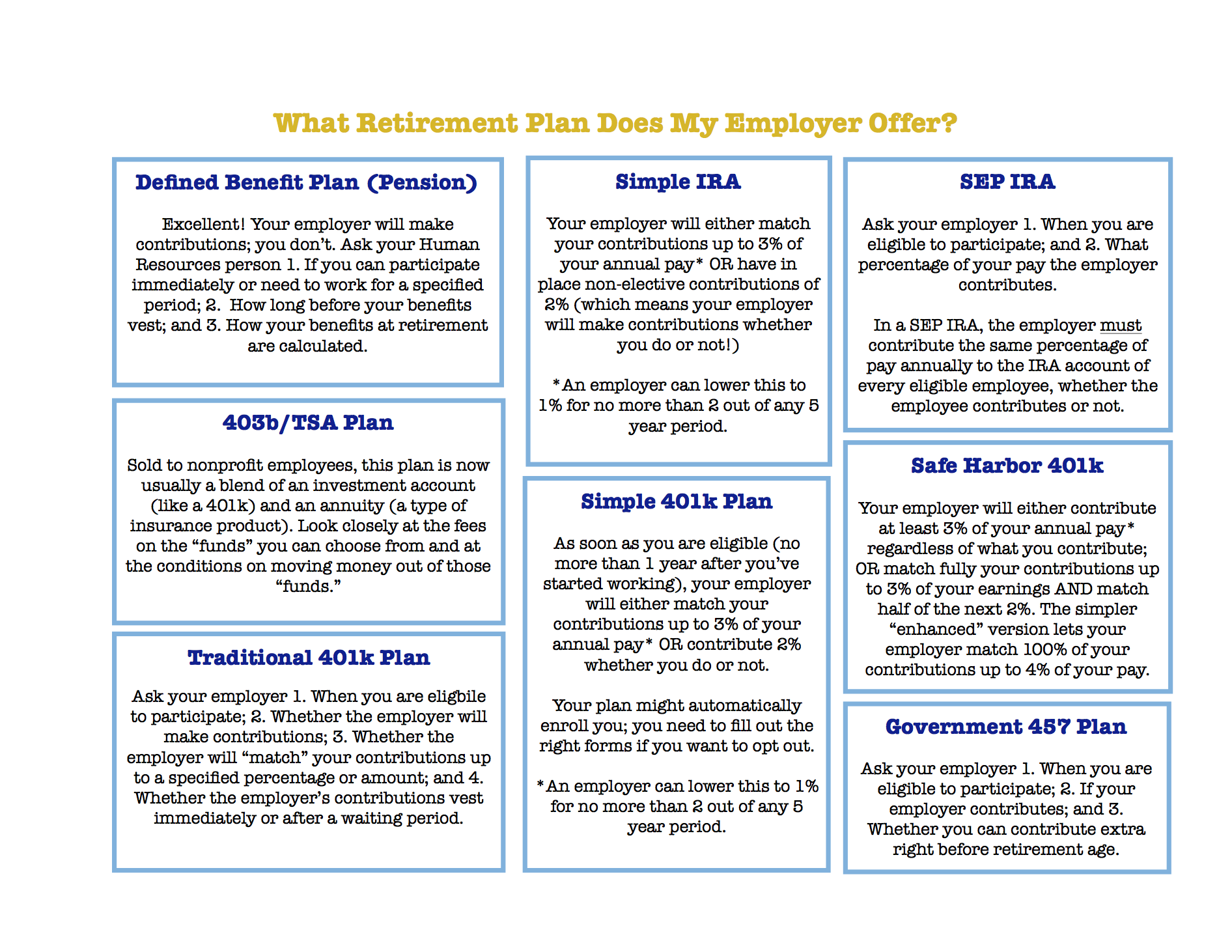Three Ways To Give Yourself A Break In 2106
/'Tis the season to start with all of those self-improving resolutions. Aargh. If you're like me, you are still fighting off the sugar crash from an overdose of green and red frosted products and wondering if your house will ever look the same again after a trail of visiting family. So, I'm scrapping the financial resolutions and focusing on finding the easy path. Here are a few ways to put in less effort around your finances.
Open a spending account
That's right, a spending account. For years (generations?) wise people have been hammering away at us to have a savings account in which we diligently put 10% of our pay every week or two so that we can (somewhat magically) become tycoons in our old age. In actuality, it's pretty good advice. But there are two problems. For one, most of us would be hard pressed to reach tycoon status on our annual pay. And that fabulous .06% interest rate the banks are paying these days can make the savings process can be a little demoralizing in the short-term. Worse yet, it is really, really hard for a lot of us to find an "extra" 10% of our income.
If this sounds familiar, flip the advice on its head. Have your paychecks deposited into your regular account as usual. If you don't already, use online bill pay to have all of you fixed expenses paid automatically (that's your rent/mortgage, monthly subscriptions, health insurance premiums, car or transport payments, memberships and monthly credit card payments). Then put in one more automatic payment—a monthly amount that goes every pay period from your regular account to your new spending account. The spending account will be for anything you want to buy until the next pay check. Some of these are necessary expenses, like groceries. But all of the rest should be for fun stuff—entertainment, nights out, new clothes, gifts for friends, comic books, flowers—whatever makes your day better. And better yet, you can spend every dime of the money in that account. Because the amount you put in for auto-transfer to your spending account left a little extra that wasn't needed for the fixed expenses I mentioned earlier. That little extra just accumulates as savings in your account, growing a little more every week while you aren't looking.
The great thing about this system is that the savings happens without you paying any attention to it. And the spending account is just that—a license to buy whatever the heck you want to get between paychecks—guilt and mathematics-free.
It does happen, though, that we hit times when saving is just not possible. And that brings me to point #2...
The experts are a bunch of jerks
In the enthusiastic crusade to get us all to save for retirement, financial experts, banks, employers and nosy family members have bombarded us with frantic messages about how our failure to be "responsible" with our money will end in cat food and a home under a bridge. Unfortunately, all this advice tends to overlook the fact that in real life, people have good years and bad years. In good years, you really should be putting aside some money, whether it's for retirement, a new house, a new business or just a rainy day. But unless you are very fortunate (and probably had a little parental help with stuff early on), you are going to have some bad years, too. These are the years when medical crises hit, when you or another family finds yourselves between jobs, or maybe just when you are starting out and your paycheck is too crappy to cover much more than ramen noodles and bed in your parents' basement. That doesn't make you financially irresponsible. It just makes you busy with life.
So, ignore the stories about people who socked aways thousands of dollars by eating from trash bins after closing time. If you are that person, you don't need financial advice anyway, but you might look into a good health plan. Recognize that some years are savings years and some are spending years. If you are in one of those years, decrease the amount you are putting aside or eliminate the savings altogether. Measure your financial progress instead in terms of career growth, or personal growth, or just getting back on your feet. After all, those things are all just as important, if not more so, than building your retirement account. Now mark your calendar to check every 6 months to review your situation. When things are looking up financially, it's time to start the savings again, but feel free to start small. And until it is that time, give yourself a break.
Stop expecting to know everything
The whole point of this blog is to help people understand and feel more comfortable with financial issues. As a former professor, I love it when people decide to really dig in and teach themselves more about the financial world and their own investments. But it does take a lot of work and time. Financial questions involve rapidly changing tax regulations, new investment types, new investing laws and constantly renamed and re-jiggered products. That means that unless you are dedicating regular time to reading and research, it's going to be hard to keep up. And that's true even for people who are in related fields like law and banking. If you are interested in the field or just committed to doing it yourself, that's great. But if don't want to spend your evenings learning about index funds, who can blame you?
For those of you who don't want to put in the time, stop feeling guilty and hire an expert. As self-serving as it might sound coming from a financial advisor, the cost of having someone qualified go over your financial situation and goals with you is almost always a tiny fraction of the extra money you can earn, save, or make by following professional advice. This is just as true for those of us in who work for a living as it is for the mega-rich we usually think of as having financial advisors. And let's face it, there's a lot more at stake for us.
Skip the stock brokers and the insurance agents and look for an RIA rep, or at least a CFP, who is focused on planning, as opposed to focused on selling you a particular investment or account. Ask how much a plan costs and what that process involves. A good plan will finish with something in writing you can take away, but should also involve more than one conversation with you to really understand your resources, your debts, your concerns and you goals. All good planners offer a free initial consult—use it, and don't be afraid to keep shopping until you find someone with whom you feel good about working.
And once you've got the pieces of your plan set up for the year, your savings or non-savings strategy in place, and your spending account on auto-pay, treat yourself to one more sugar cookie before you embark on any of those fitness resolutions.







